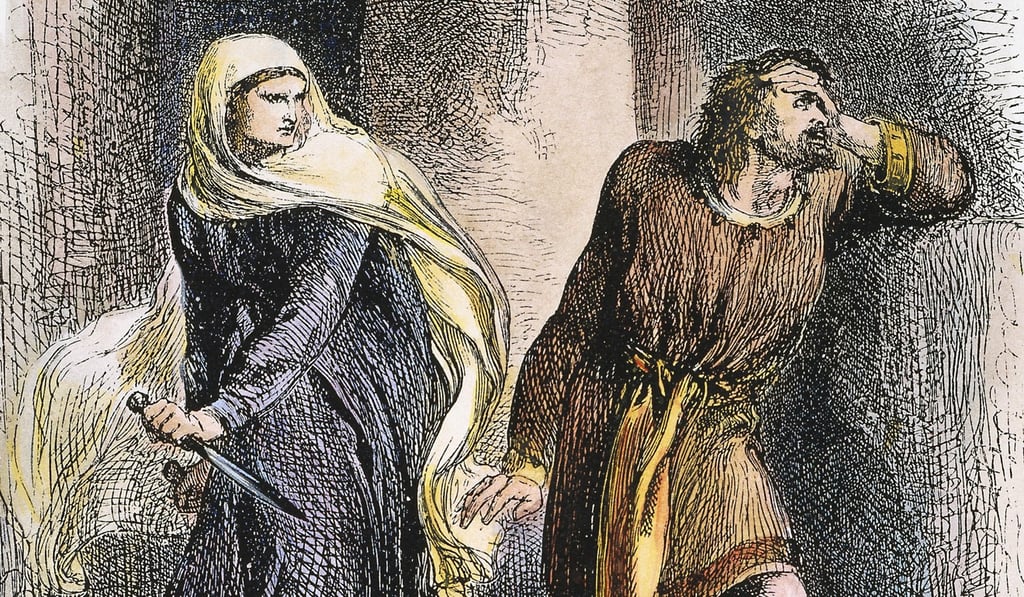The real reason a journalist’s eye-roll captivated China
She might not have known it, but the Chinese news reporter who became the toast of the internet by rolling her eyes at a rival was channelling hundreds, if not thousands, of years of drama and performance

The ever-reliable eye-roll: a go-to sign for moments of exasperation, sarcasm or general “fed-upness”. And while millions of them are rolled out every day, a deeper understanding of the facial expression’s colourful lineage across Asia is far from commonplace. The eye-roll, along with its slightly more uninhibited cousin, the eye-pop, makes headlines regularly. Indeed, “eyes rolled” or “eye-popping” are clichés in the realm of political journalism. But in the physical world, a well-rehearsed eye-roll is a sight to behold.
WATCH: Chinese reporter’s epic eye-roll
So why all the hubbub over a moving eyeball?
To some extent, we are natural born eye-rollers – the action is a simple way of looking at things we are interested in, or looking away when we are not. But there are deeper meanings to the physical action that are taught, learned and perfected later in life.
Eye-rolls have had these deeper meanings since at least the 16th century, though in those days they meant something quite different. William Shakespeare used the expression in his 1594 poem The Rape of Lucrece to create a moment of heady passion and lust. Much later in Maurice Sendak’s 1963 Where the Wild Things Are, the relishing beasts “roll their terrible eyes” at the prospect of devouring young Max.

Sexy siren to rebel granny: Zeenat Aman on her Bollywood journey
